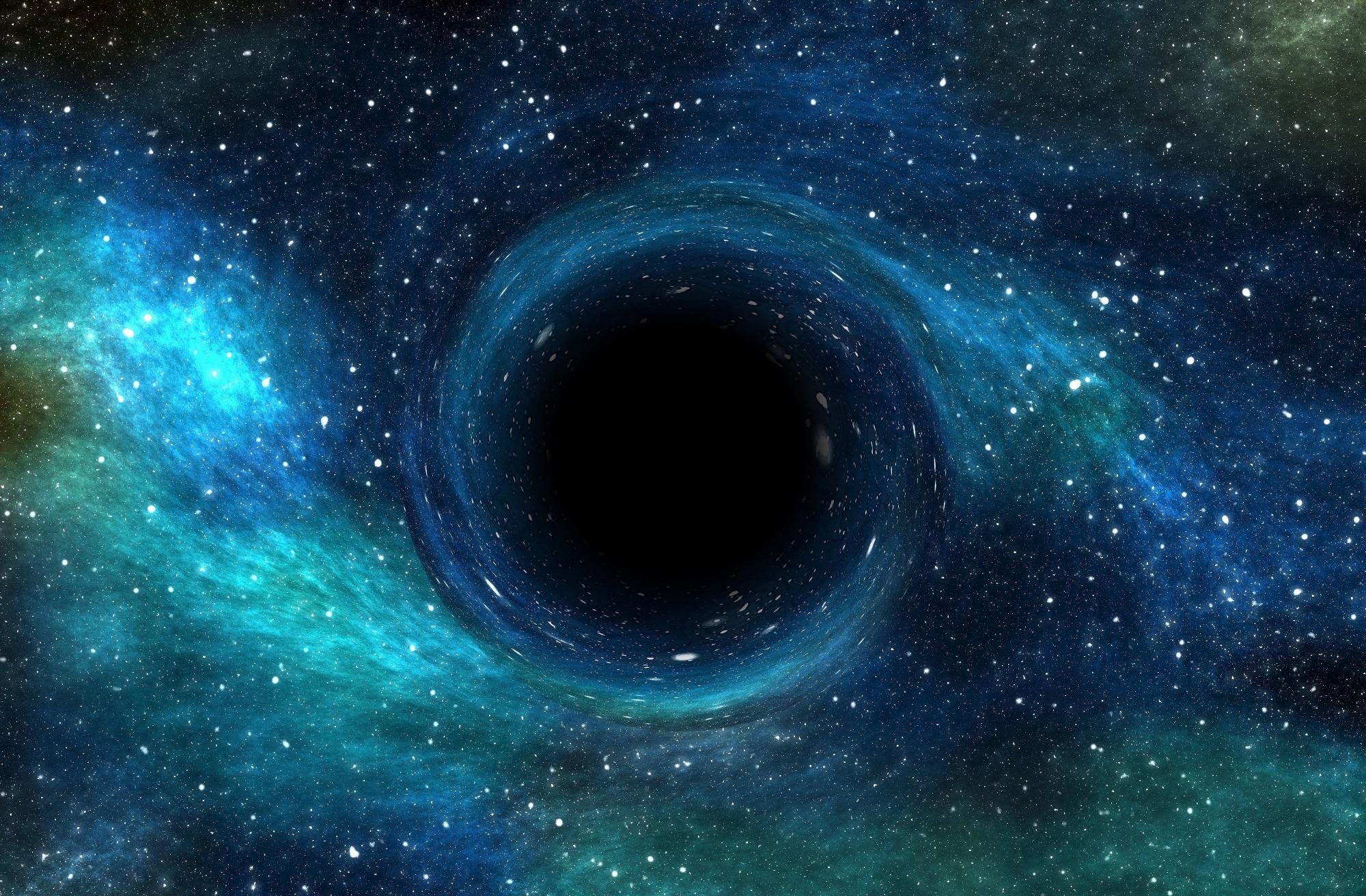Jun 23 2021
The detection of primordial black holes offers a whole new perspective to interpret the origin of the Universe because these prevailing hypothetical black holes are assumed to have formed merely a few small fractions of a second after the Big Bang.

Image Credit: Shutterstock.com/ vchal
The researchers’ study holds a major interest for research in cosmology and theoretical physics because they could significantly describe the origin of dark matter in the Universe.
In this context, stars could be seen in the eyes of team members, headed by Professor Fuzfa, an astrophysicist from the University of Namur (UNamur), specifically when they are discussing their research perspectives.
The study is the outcome of an unparalleled association between the UNamur and the Université libre de Bruxelles (ULB) to which the ENS condoned the involvement of Leonard Lehoucq, a trainee student.
The goal was to integrate the UNamur’s know-how in the field of gravitational-wave antenna — a concept patented by Professor Fuzfa back in 2018 and researched by Nicolas Herman as part of his doctorate — with ULB in the emerging field of primordial black holes, in which Professor Clesse is one of the key players. The researchers have recently designed an application of this kind of detector to visualize “small” primordial black holes.
The study results have been recently published in the Physical Review D journal.
To this day, these primordial black holes are still hypothetical, because it is difficult to make the difference between a black hole resulting from the implosion of a star core and a primordial black hole. Being able to observe smaller black holes, the mass of a planet but a few centimeters in size, would make the difference.
Study Researchers
“We are offering experimenters a device that could detect them, by capturing the gravitational waves they emit when merging and which are of much higher frequencies than those currently available,” added the researchers.
What exactly is this method? It is a gravitational wave “antenna” made up of a particular metal cavity and appropriately immersed in a powerful external magnetic field. When the gravitational wave travels across the magnetic field, it creates electromagnetic waves in the cavity. In a way, the gravitational wave causes the cavity to “hiss” (resonate) with microwaves and not with sound.
Such a device measuring only a few meters in size would be sufficient to spot the fusions of primordial small black holes that are millions of light-years from Earth. The device is relatively more compact than the typically used detectors (Virgo, LIGO and KAGRA interferometers) that measure kilometers in length.
The new detection technique makes the device sensitive to very high-frequency gravitational waves (in the order of 100 MHz, when compared to 10-1000 Hz for Virgo/LIGO/KAGRA), which are not generated by normal astrophysical sources, like fusions, stellar black holes or neutron stars.
The device is also perfect for detecting tiny black holes or the mass of a planet, and its size shifts from a small ball to a tennis ball.
Our detector proposal combines well mastered and everyday life technologies such as magnetrons in microwave ovens, MRI magnets and radio antennas. But don't take your household appliances apart right away to start the adventure: read our article first, then order your equipment, understand the device and the signal that awaits you at the output.
Study Researchers
Currently, the patented method is at the helm of sophisticated theoretical modeling but with the development of a prototype, it has all the required elements to enter a more solid phase. In any case, the technique provides new possibilities for fundamental studies on the origins of the Universe.
Apart from the primordial black holes, the kind of detector can also directly visualize the gravitational waves produced during the Big Bang and thus probe physics at relatively higher energies than the ones attained in the particle accelerators.